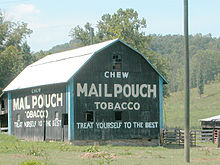
Advertising is the practice and techniques employed to bring attention to a product or service. Advertising aims to put a product or service in the spotlight in hopes of drawing it attention from consumers. It is typically used to promote a specific good or service, but there are wide range of uses, the most common being the commercial advertisement.

A billboard is a large outdoor advertising structure, typically found in high-traffic areas such as alongside busy roads. Billboards present large advertisements to passing pedestrians and drivers. Typically brands use billboards to build their brands or to push for their new products.

Marlboro is an American brand of cigarettes owned and manufactured by Philip Morris USA within the United States and by Philip Morris International outside the US except Canada where the brand is owned and manufactured by Imperial Tobacco Canada. Marlboro's largest cigarette manufacturing plant is located in Richmond, Virginia.
The Honolulu Advertiser was a daily newspaper published in Honolulu, Hawaii. At the time publication ceased on June 6, 2010, it was the largest daily newspaper in Hawaii. It published daily with special Sunday and Internet editions.
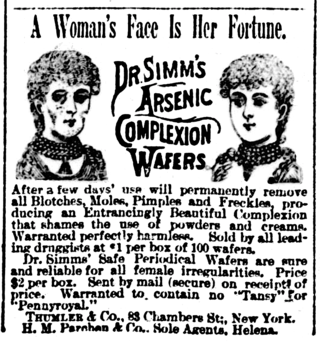
False advertising is the act of publishing, transmitting, or otherwise publicly circulating an advertisement containing a false claim, or statement, made intentionally to promote the sale of property, goods, or services. A false advertisement can be classified as deceptive if the advertiser deliberately misleads the consumer, rather than making an unintentional mistake. A number of governments use regulations to limit false advertising.

Capri-Sun is a brand of juice concentrate drinks based in Germany and Switzerland. Invented by Rudolf Wild, it was introduced in West Germany in 1969 by his company as Capri-Sonne. It is now sold in over 100 countries, with licensees including Kraft Foods in the United States and Coca-Cola Europacific Partners in parts of Europe. As of 2016, roughly 7 billion pouches are sold per year, making it one of the few globally prominent soft drinks not originating from the United States.
Out-of-home (OOH) advertising, also called outdoor advertising, outdoor media, and out-of-home media, is advertising experienced outside of the home. This includes billboards, wallscapes, and posters seen while "on the go". It also includes place-based media seen in places such as convenience stores, medical centers, salons, and other brick-and-mortar venues. OOH advertising formats fall into four main categories: billboards, street furniture, transit, and alternative.

Skoal is an American brand of smokeless tobacco. First produced by the U.S. Smokeless Tobacco Company (USSTC) in 1934, Skoal is considered a high-priced product within the dipping tobacco market. "Skoal" is an Anglicization of skål, a term used often in Scandinavia to announce a toast of friendship, with connotations of well-wishing.
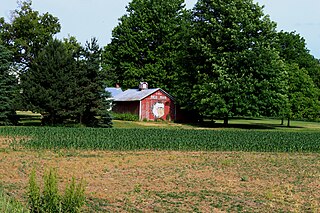
America's Best Chew is an American brand of chewing tobacco which was first introduced in 1904.

Silk Cut is a British brand of cigarettes, currently owned and manufactured by Gallaher Group, a division of Japan Tobacco. The packaging is characterised by a distinctive stark white packet with the brand name in a purple, blue, red, silver, white or green square.

Nicotine marketing is the marketing of nicotine-containing products or use. Traditionally, the tobacco industry markets cigarette smoking, but it is increasingly marketing other products, such as electronic cigarettes and heated tobacco products. Products are marketed through social media, stealth marketing, mass media, and sponsorship. Expenditures on nicotine marketing are in the tens of billions a year; in the US alone, spending was over US$1 million per hour in 2016; in 2003, per-capita marketing spending was $290 per adult smoker, or $45 per inhabitant. Nicotine marketing is increasingly regulated; some forms of nicotine advertising are banned in many countries. The World Health Organization recommends a complete tobacco advertising ban.

A Mail Pouch Tobacco barn, or simply Mail Pouch barn, is a barn with one or more sides painted with a barn advertisement for the West Virginia Mail Pouch chewing tobacco company. The program ran from 1891 to 1992, and at its height in the early 1960s, about 20,000 Mail Pouch barns were spread across 22 states.

Fast food advertising promotes fast food products and utilizes numerous aspects to reach out to the public.
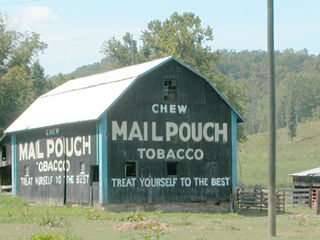
The Bloch Brothers Tobacco Company of Wheeling, West Virginia was a tobacco company founded by brothers Aaron and Samuel Bloch in 1879. It was best known for its Mail Pouch chewing tobacco. Mail Pouch was a popular chew advertised on over 20,000 barns, most of which were located in the rural Ohio River Valley. Each barn had an end or side painted with the familiar Mail Pouch lettering and advertising, "Treat yourself to the best."
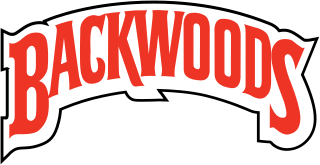
Backwoods is an American brand of cigars that was introduced in 1973. This product was notable during the 1970s and 1980s for heavy advertising, which became one of the more obvious examples of how companies at the time reacted to changing laws and cultural views on public health and smoking culture.

There are approximately 57 million smokers in Indonesia, among a population of 273 million people. Around 63% of men and 5% of women report smoking, equating to 34% of the population. The majority, 88% of Indonesian smokers, use clove-flavoured kreteks. Kretek manufacturers directly employ over 180,000 people in Indonesia and an additional 10 million indirectly. Indonesia is the fifth largest tobacco market in the world, and in 2008 over 165 billion cigarettes were sold in the country.

Harley E. Warrick, was an American barn painter, best known for his work painting Mail Pouch tobacco advertising on barns across 13 states in the American Midwest and Appalachian states. Over his 55-year career, Warrick painted or retouched over 20,000 Mail Pouch signs. When he retired, he was the last of the Mail Pouch sign painters in America. The Mail Pouch signs have become iconic and some of Harley Warrick's work has been exhibited by the Smithsonian Institution. Though he was not the first or the only Mail Pouch barn painter, he was the most prolific and famous. Featured in newspapers and magazines, traveling to fairs and festivals to demonstrate his skills, Warrick's fame increased appearing on Good Morning America and On the Road with Charles Kuralt.

The Ohio Bicentennial was a series of events and programs held in the U.S. state of Ohio to coincide with the 200th anniversary of statehood on March 1, 2003. The Ohio Bicentennial Commission was established by the Ohio General Assembly in 1995 to sponsor commemorative barn paintings, bells, and historical markers throughout the state in the years leading up to the celebration. Other state and federal agencies also marked the anniversary with special events and designations.

As nicotine is highly addictive, marketing nicotine-containing products is regulated in most jurisdictions. Regulations include bans and regulation of certain types of advertising, and requirements for counter-advertising of facts generally not included in ads. Regulation is circumvented using less-regulated media, such as Facebook, less-regulated nicotine delivery products, such as e-cigarettes, and less-regulated ad types, such as industry ads which claim to discourage nicotine addiction but seem, according to independent studies, to promote teen nicotine use.
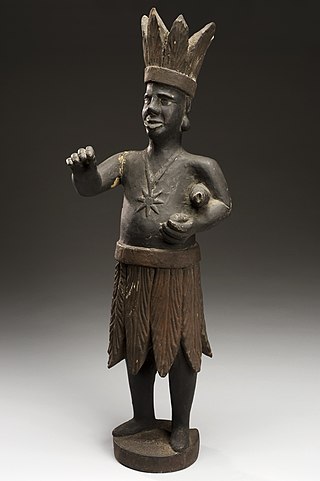
The history of nicotine marketing stretches back centuries. Nicotine marketing has continually developed new techniques in response to historical circumstances, societal and technological change, and regulation. Counter marketing has also changed, in both message and commonness, over the decades, often in response to pro-nicotine marketing.
